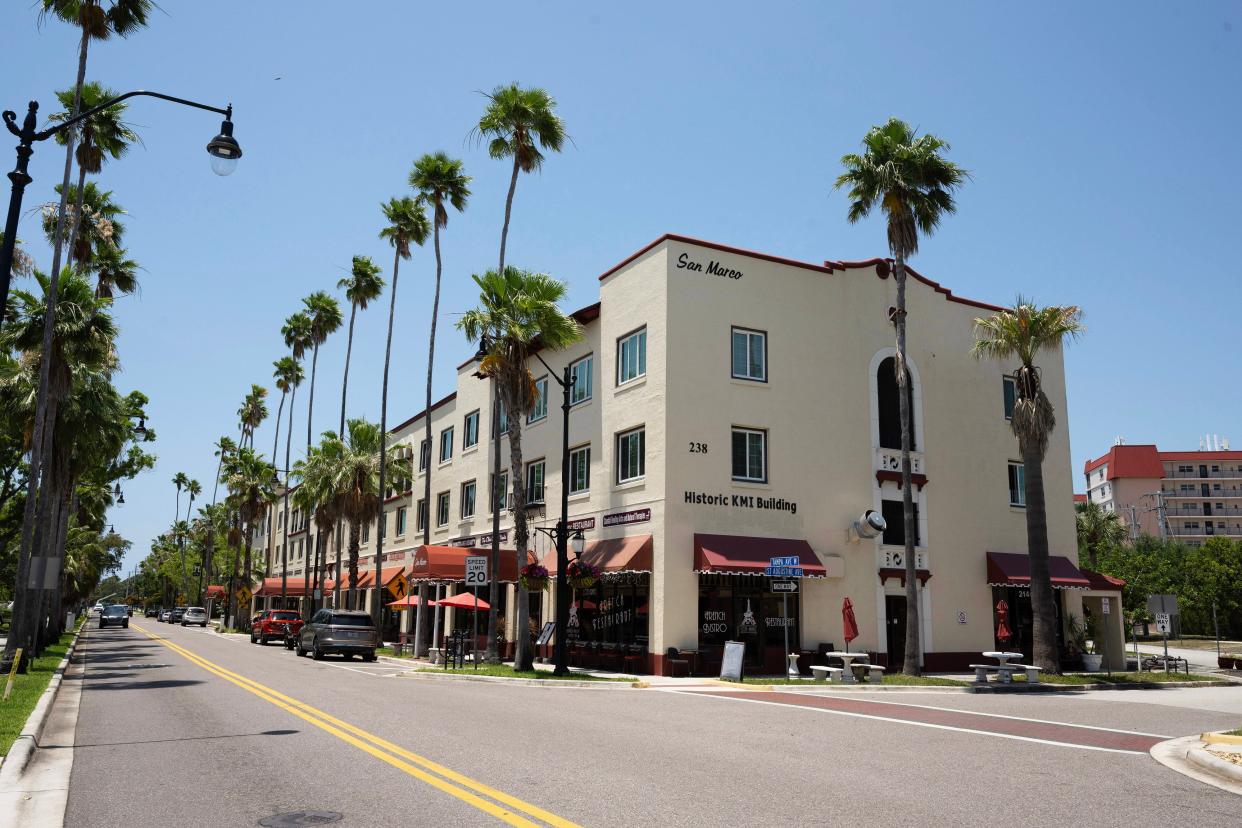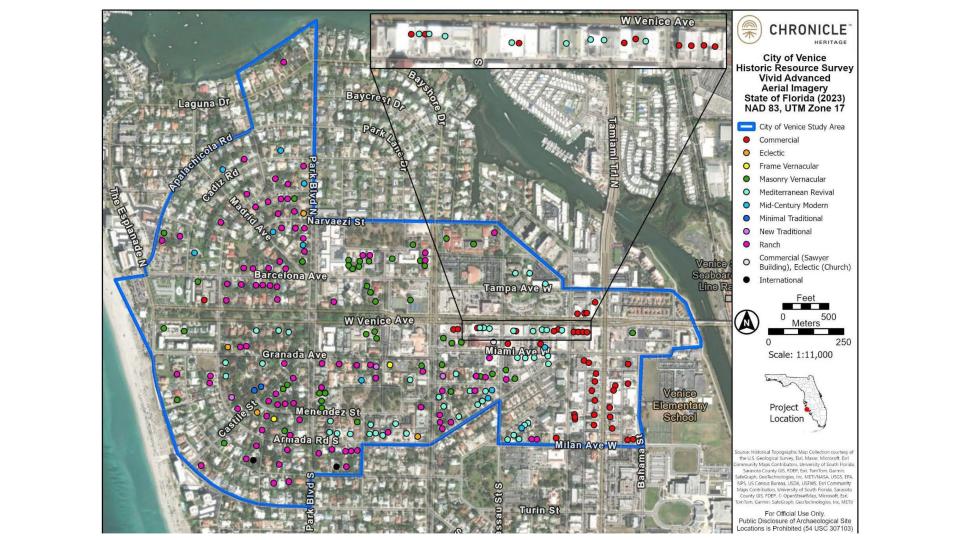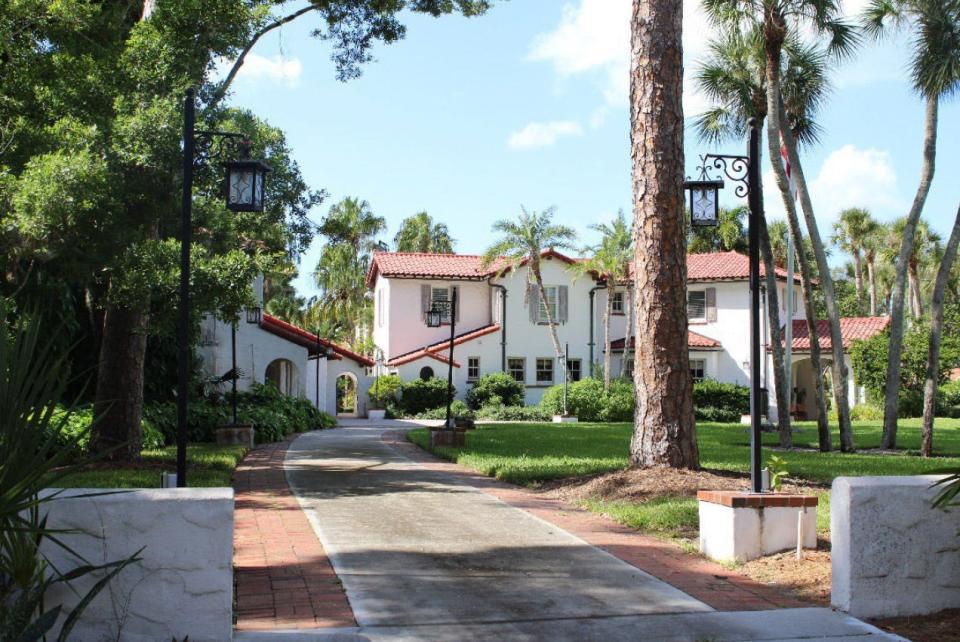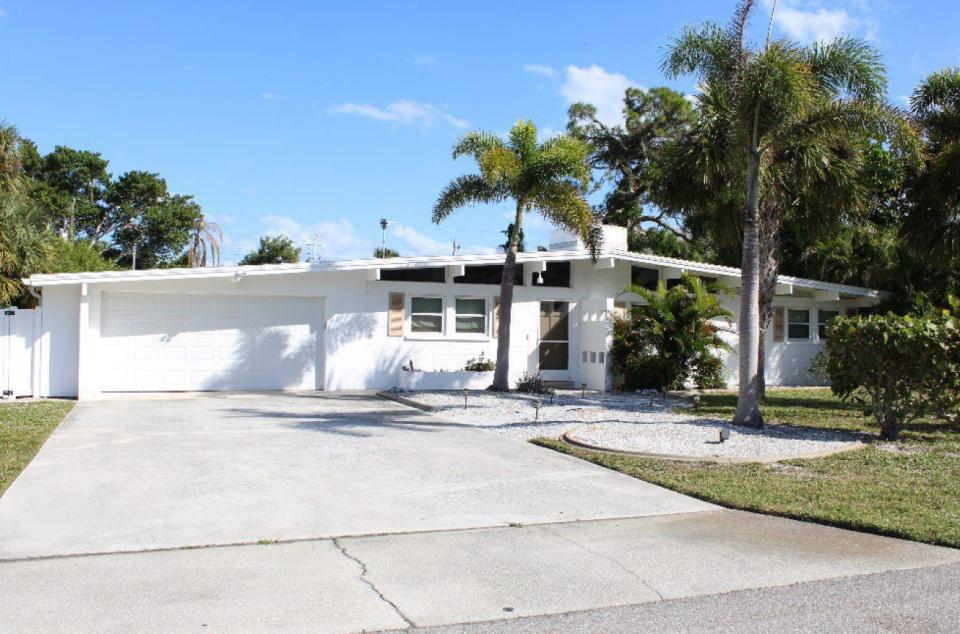What did a historical consultant learn in a survey of the Gulf View section of Venice?

VENICE – A survey of the Gulf View section of Venice found four structures eligible for addition to the local register of historical resources and three eligible for nomination to the National Register of Historic Places.
St.. Petersburg-based consultant Chronicle Heritage LLC in 2023 surveyed the city’s 355-acre Gulf View section, which was among those first platted by the Brotherhood of Locomotive Engineers.
Funded by the city of Venice, that survey was the first of the type conducted in Venice in 40 years and is both a byproduct of and a requirement of Venice becoming a Certified Local Government last June.
In the 1980s, when the city last surveyed potential historical resources, the focus was solely on structures built in the 1920s – around the time the city was founded.

In 2022, a1940s era home in the Gulf View section was placed on the city's register of historical resources.
The new survey included structures built in 1960 and earlier. When the city applied to have the John Nolen Plan listed on the National Register of Historic Places, structures built up to 1960 were mentioned but only on a cursory level.
Chronicle Heritage included in its survey a recommendation of structures that could be eligible for the National Register of Historical Places and on the city’s local register of historical resources.
Once modified, the survey will be reviewed again by the board and eventually forwarded to the City Council.
What did the consultant learn?
Chronicle surveyed 257 historical resources in the Gulf View section of Venice, including 50 previously identified structures and 198 not identified in the 1980s.
The consultant also identified five developmental periods of documented structures: the Progressive Era, 1890-1918, with one structure; Florida Land Boom, 1919-29, 46 structures; Great Depression and the New Deal, 1930-41, two structures; World War II and Aftermath, 1942-59, 178 structures; and Contemporary, 1960, 21 structures.
Of the 204 newly recorded historical resources, Chronicle found that 160 retained integrity and can be considered age-eligible to be listed as contributing structures to their respective districts.

In addition to structures, the consultant identified new resource groups, including Heritage, Centennial, Heckscher, John Nolen and Prentiss French parks; and three structures: Venice Beach Villas, 225 Park Boulevard South, and Epiphany Cathedral School.
The city’s Historic and Architectural Preservation Board reviewed a portion of the survey and asked Historical Resources Manager Harry Klinkhamer to have the consultant include the pocket parks defined in the John Nolen Plan – now referred to as John Nolen Greens – in the survey, too, because of their contribution to socialization.
“They’re tiny and overlooked but I think that was a big part of Nolen’s plan to bring people together,” board member Bruce Weaver noted, referring to how they are slices of public park land between homes and were part of the city's ambiance.
“We tend to look at buildings as artifacts but in reality they are all sitting in a landscape.”
What does the consultant recommend?
Chronicle recommended that four structures could be added to the city’s local register of historical resources: Morada del Sur, built in 1926-27; the Estes Building, a commercial structure at 307-309 W. Venice Ave. from the same period; Rogers House, an international style residence at 512 Valencia Road, from 1956; and 729 Cadiz Road, a mid-century modern ranch style home from 1959.

Klinkhamer noted that the current owners of the structures must apply to be listed on the registry.
The consultant also said that three properties are eligible for the National Register of Historic Places but since they are already listed as contributing resources for historic districts, the listing would result in additional benefit or protection.
Those are the Kentucky Military Institute building from 1926 at 238 Tampa Avenue W.; Hudson House, a 1953 home designed by one of the founding members of the Sarasota School of Architecture, Ralph Twitchell and his partner, Jack West at 616 Valencia Road; and the Fletcher Residence, a 1956 home believed to be designed by another Sarasota School of Architecture founding member, Paul Rudolph.
The consultant also suggested that Venice could expand its currently used time frame of architectural significance from 1926-60 to 1974.
The consultant noted that of the 345 historic structures identified in the Gulf View section, 88 of them were built after 1960.
The city is already finalizing an application for a state grant to conduct a similar survey on the Edgewood and Seaboard districts.
Board members were also interested in pursuing a resource survey in the Venezia Park section, which is just south of Gulf View.
Klinkhamer explained that because city officials are working on a new master plan for the Seaboard area, a survey of that district made sense. Meanwhile walking tours conducted in Edgewood revealed significant changes in the district where workers who went on to build the city first lived. Because of that, Klinkhamer said it made sense to get a firm documentation of historical resources there.
This article originally appeared on Sarasota Herald-Tribune: Consultant survey of Gulf View section of Venice documents history

